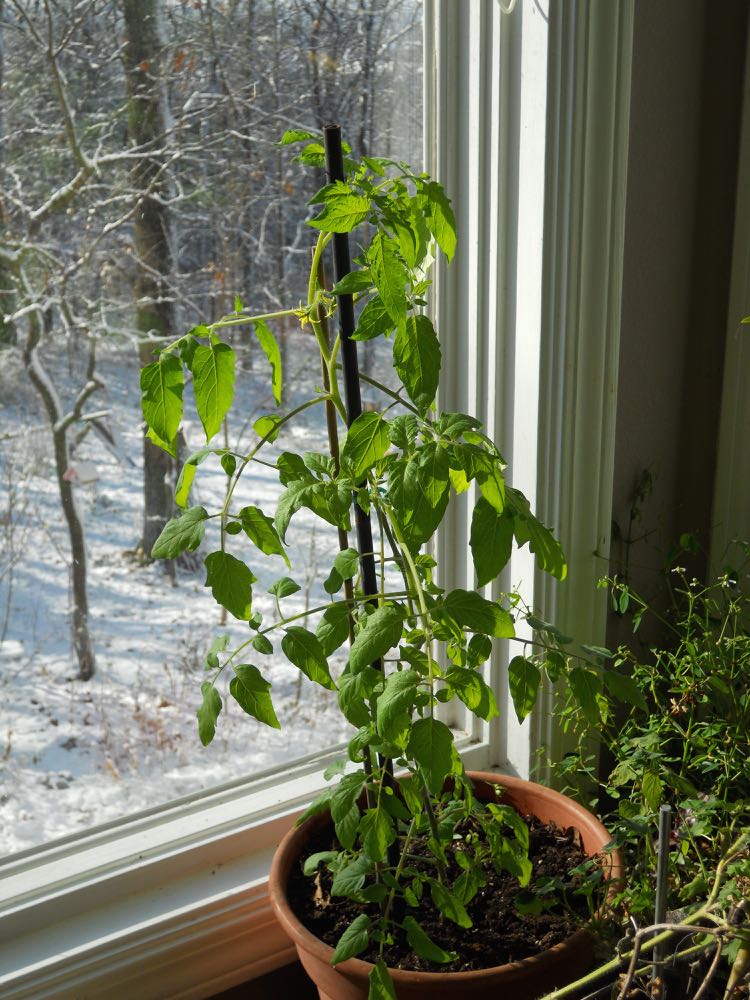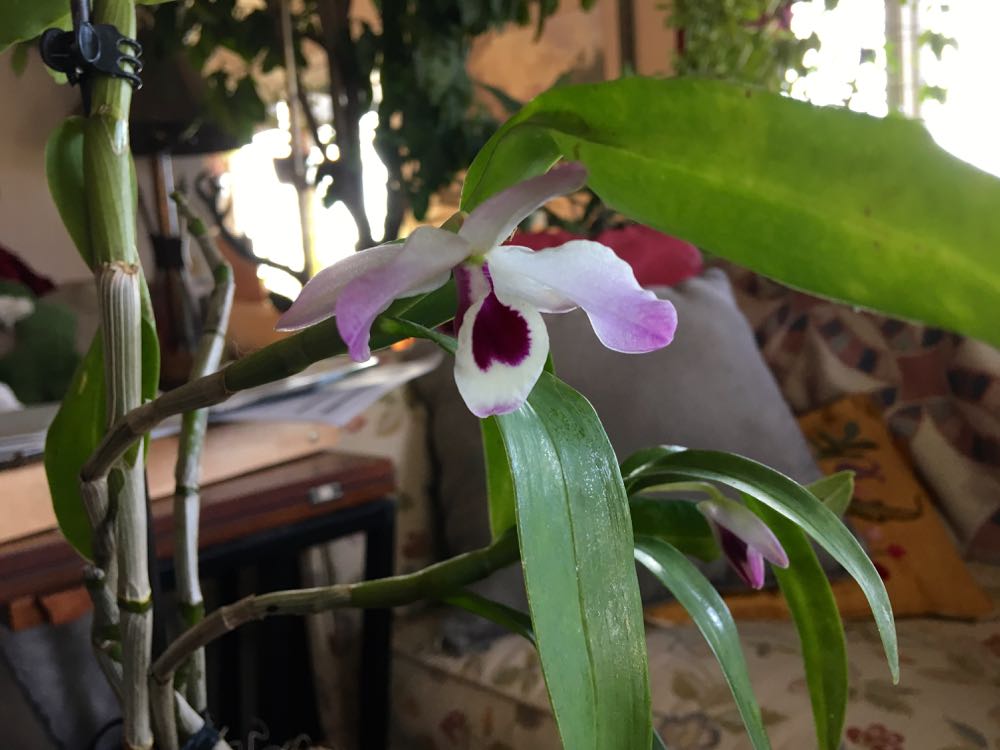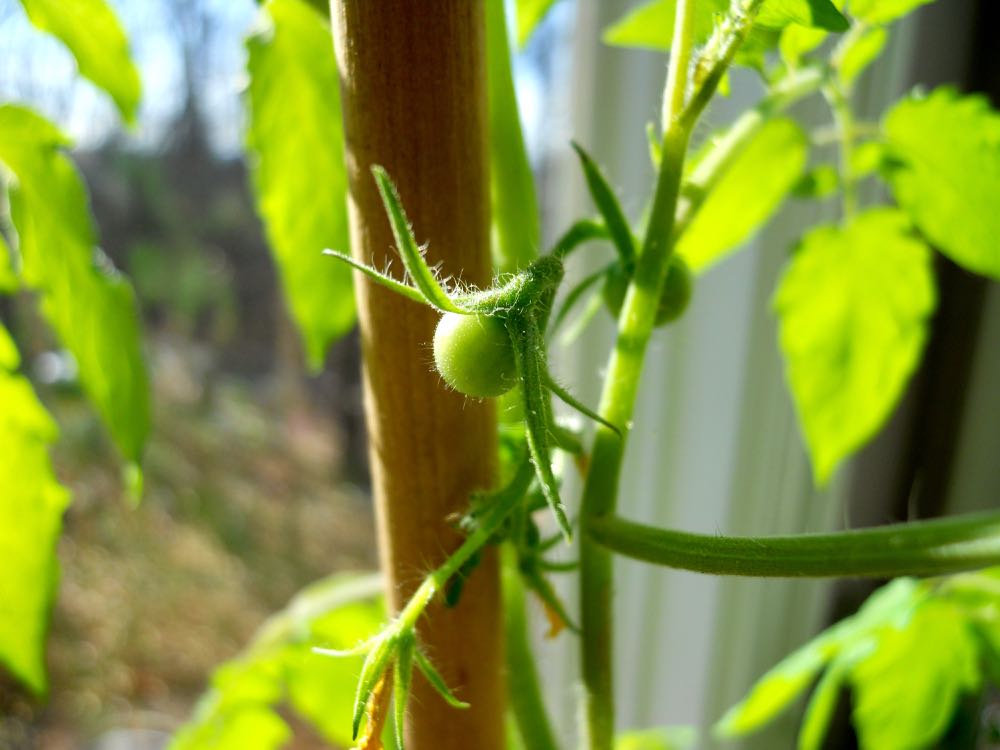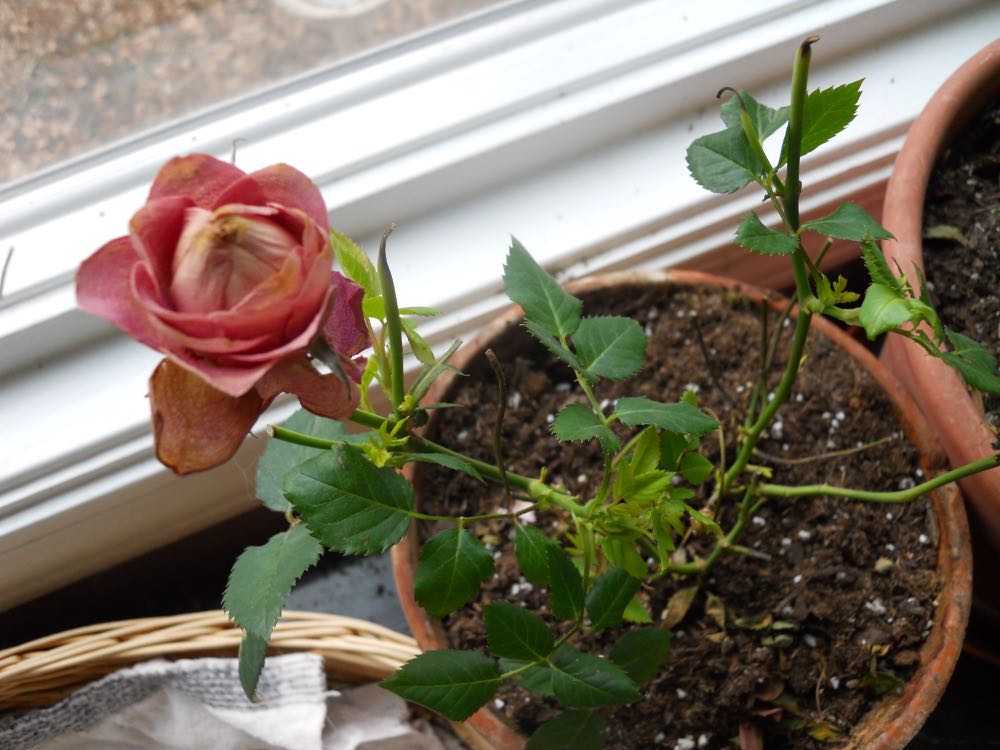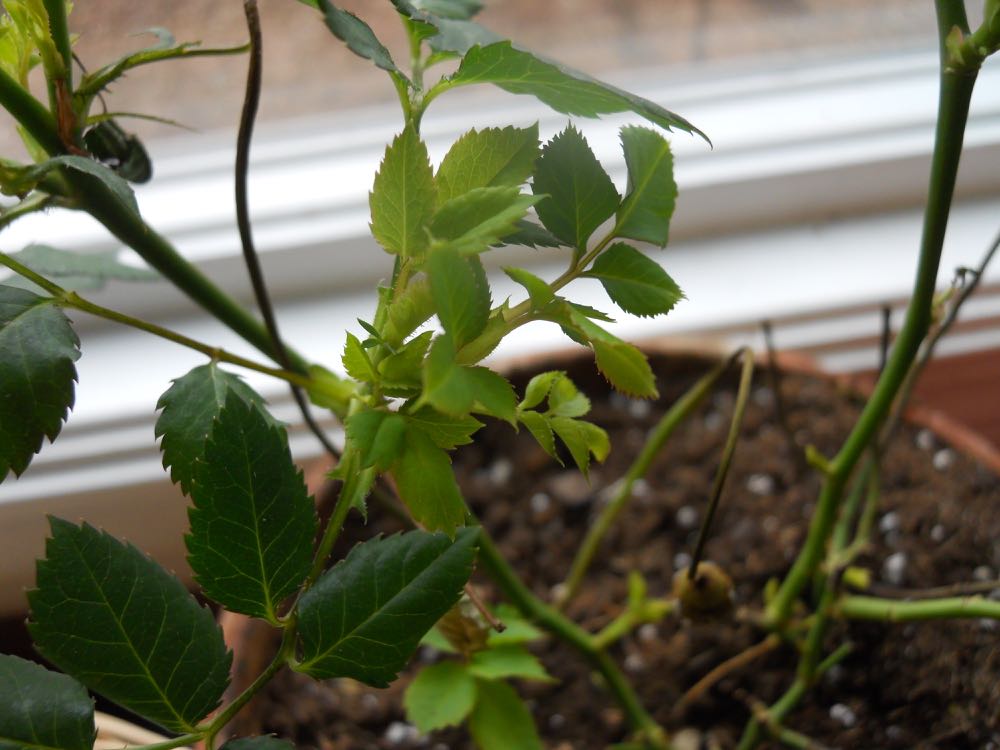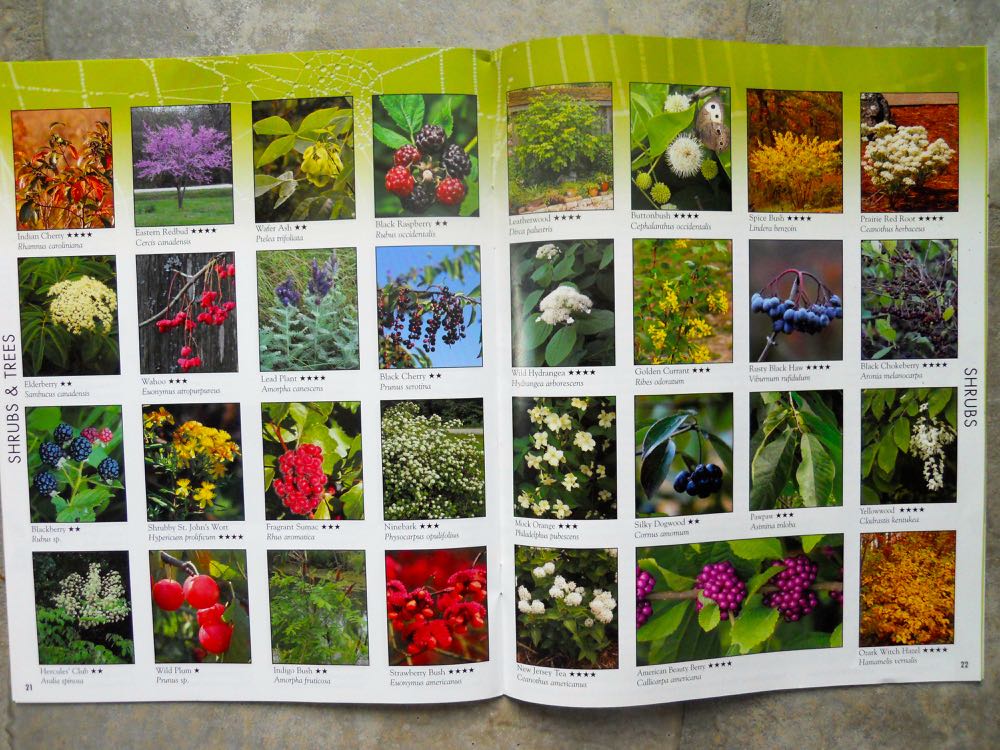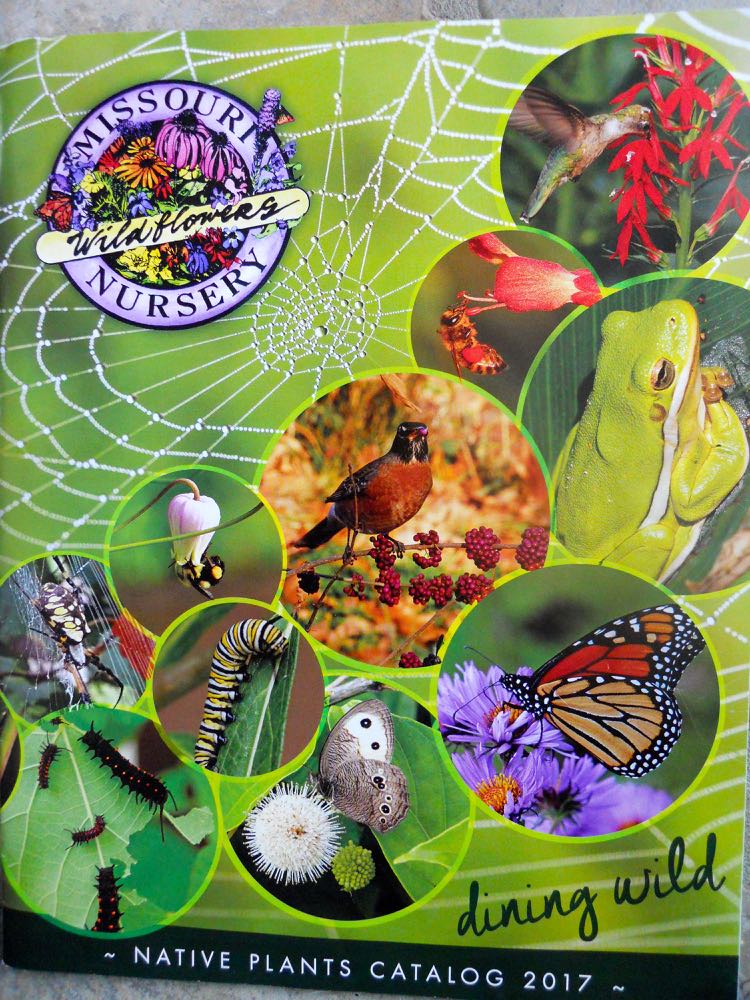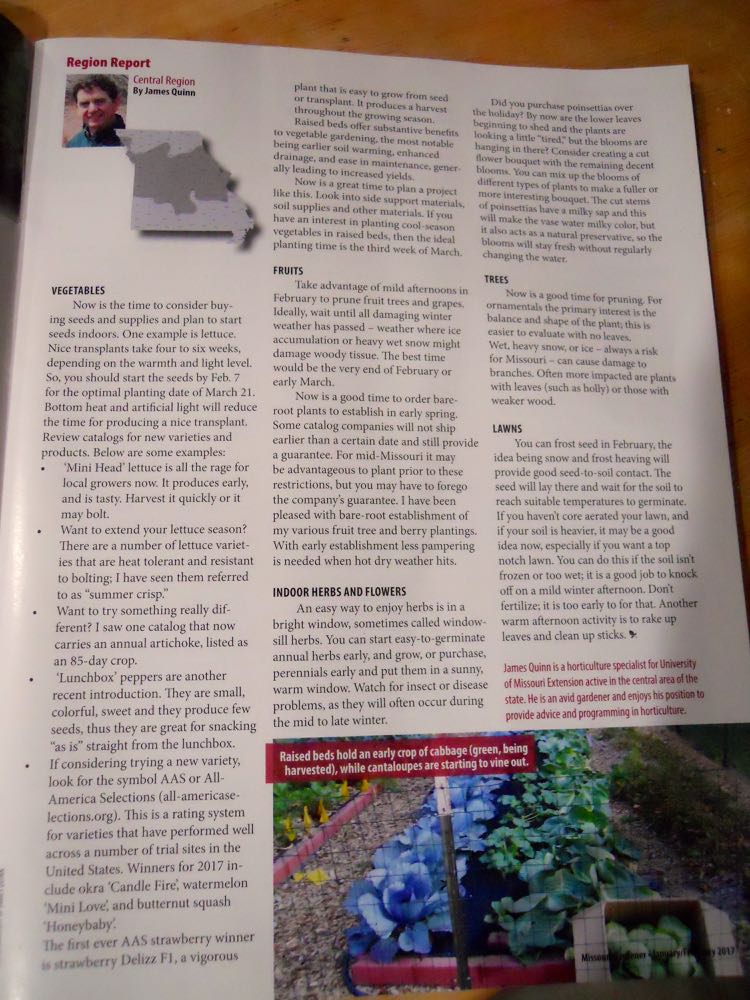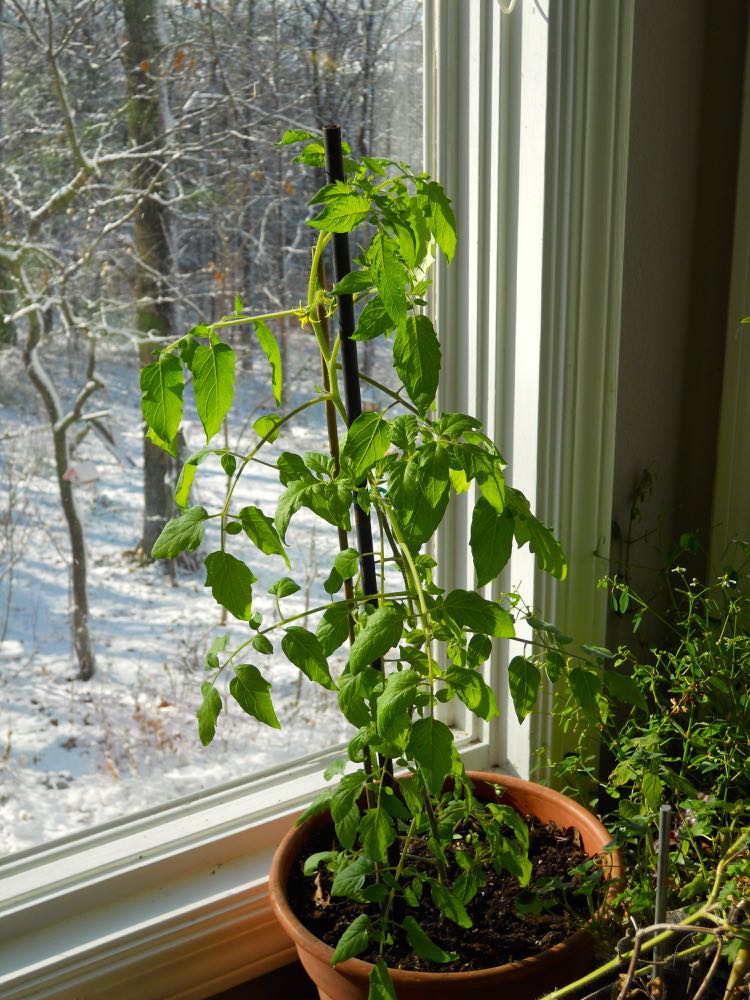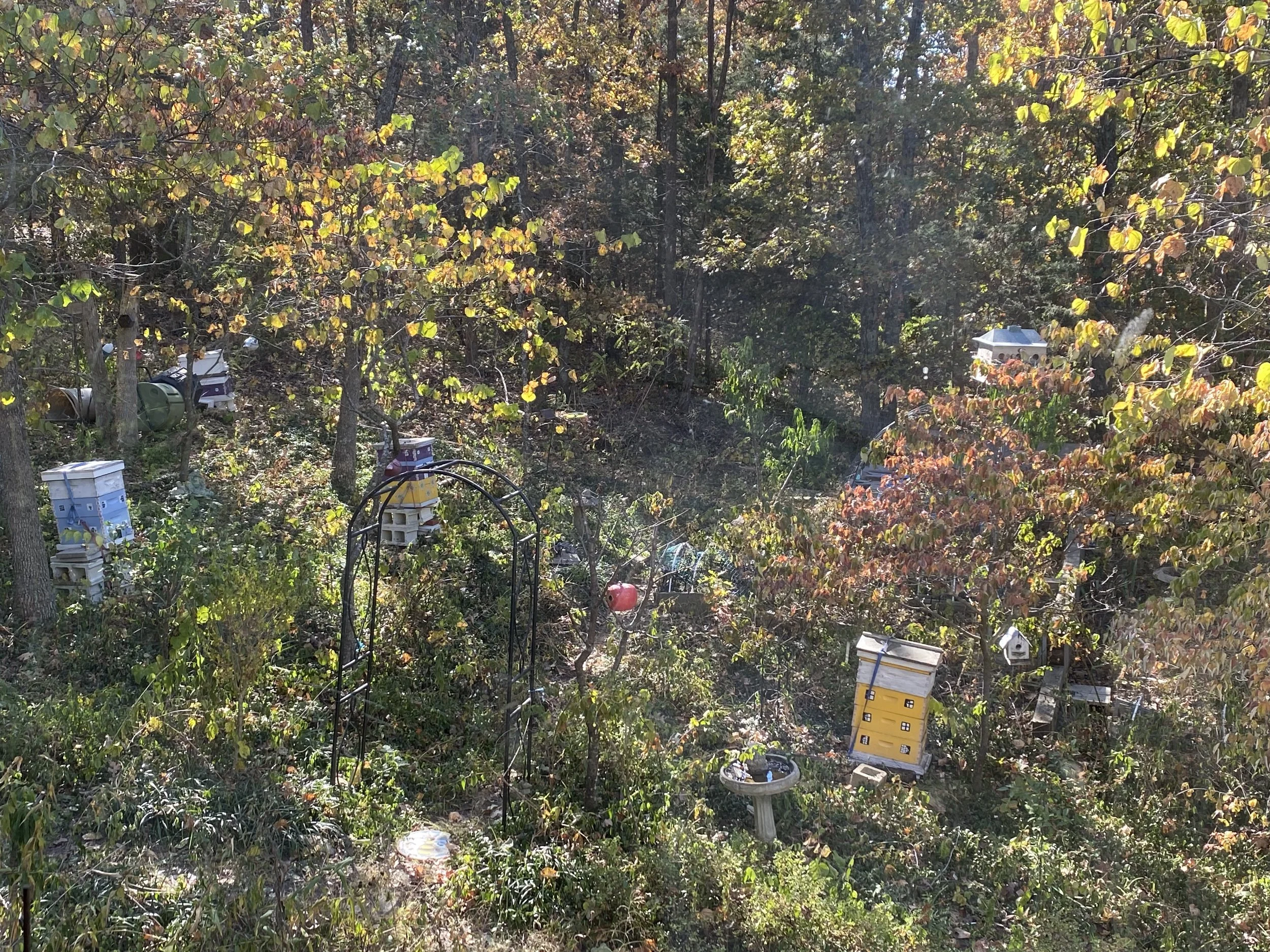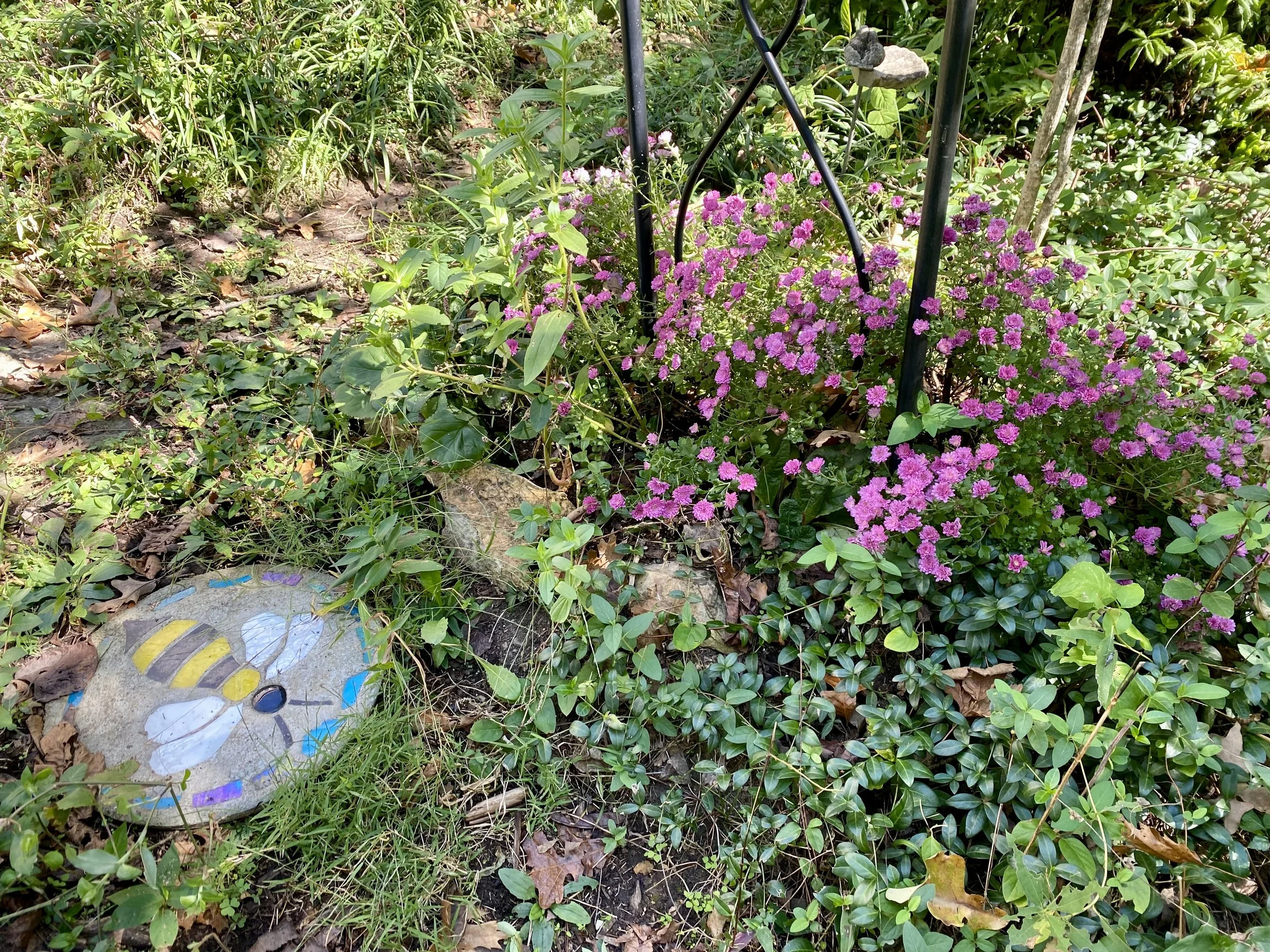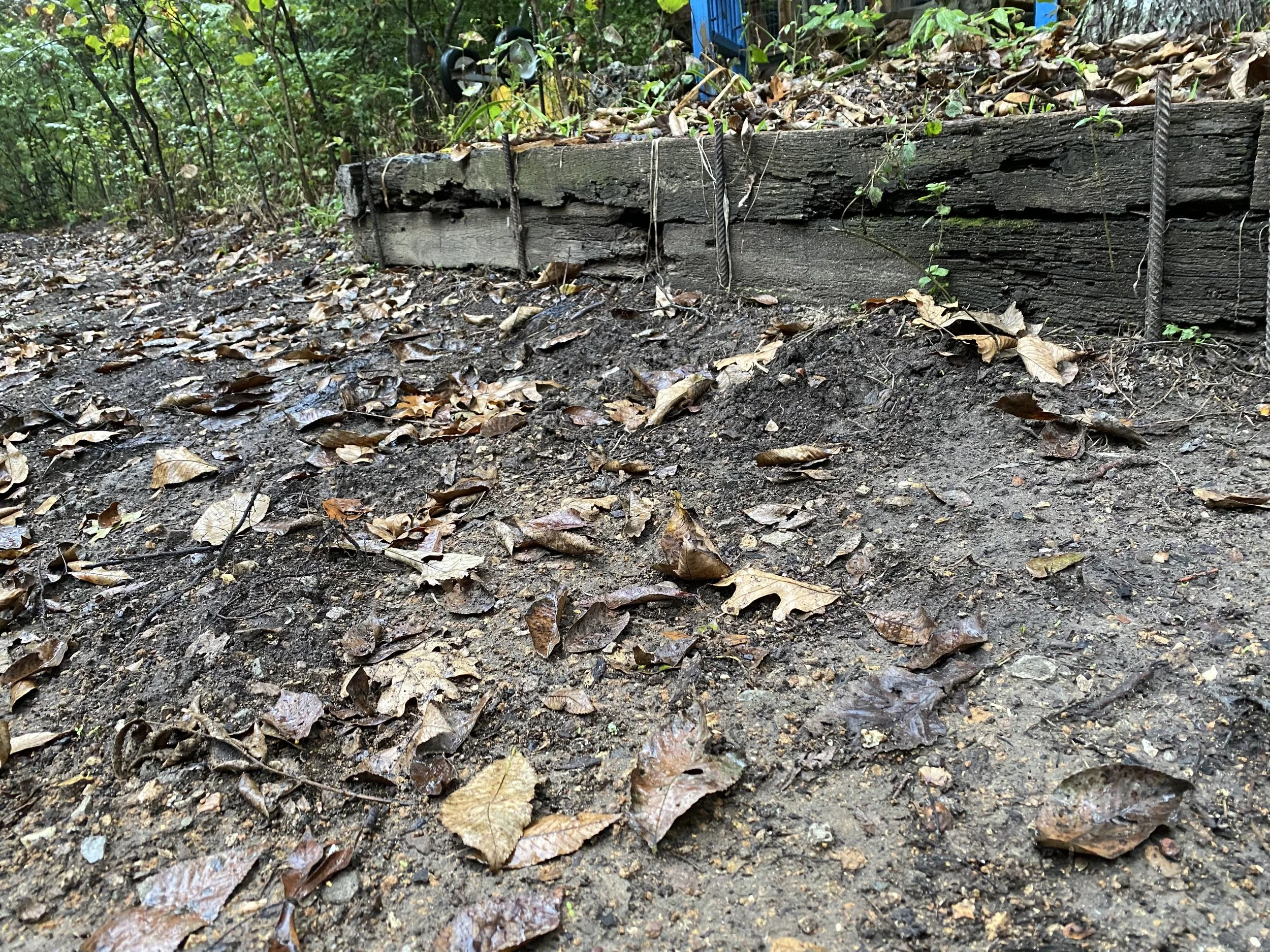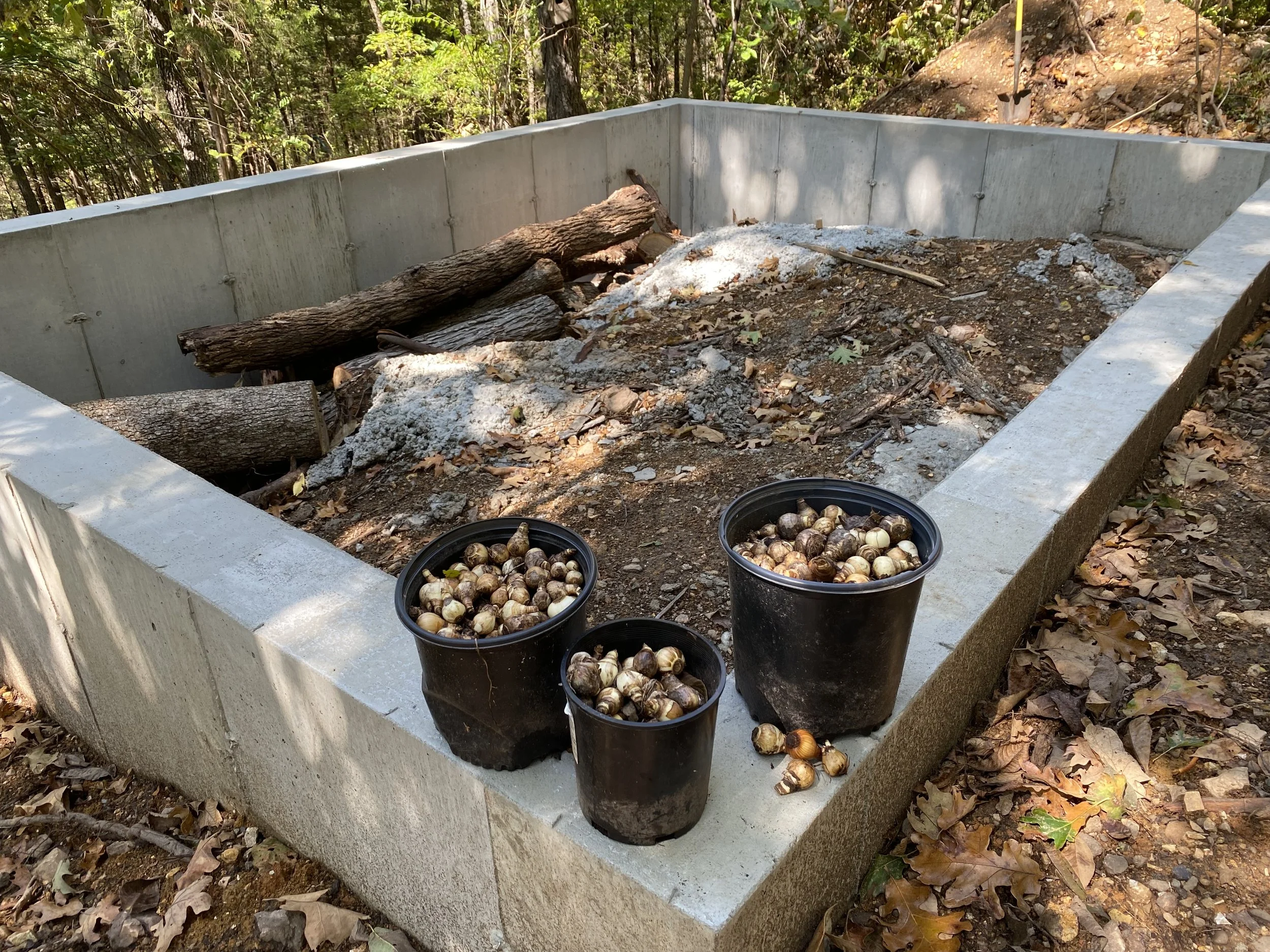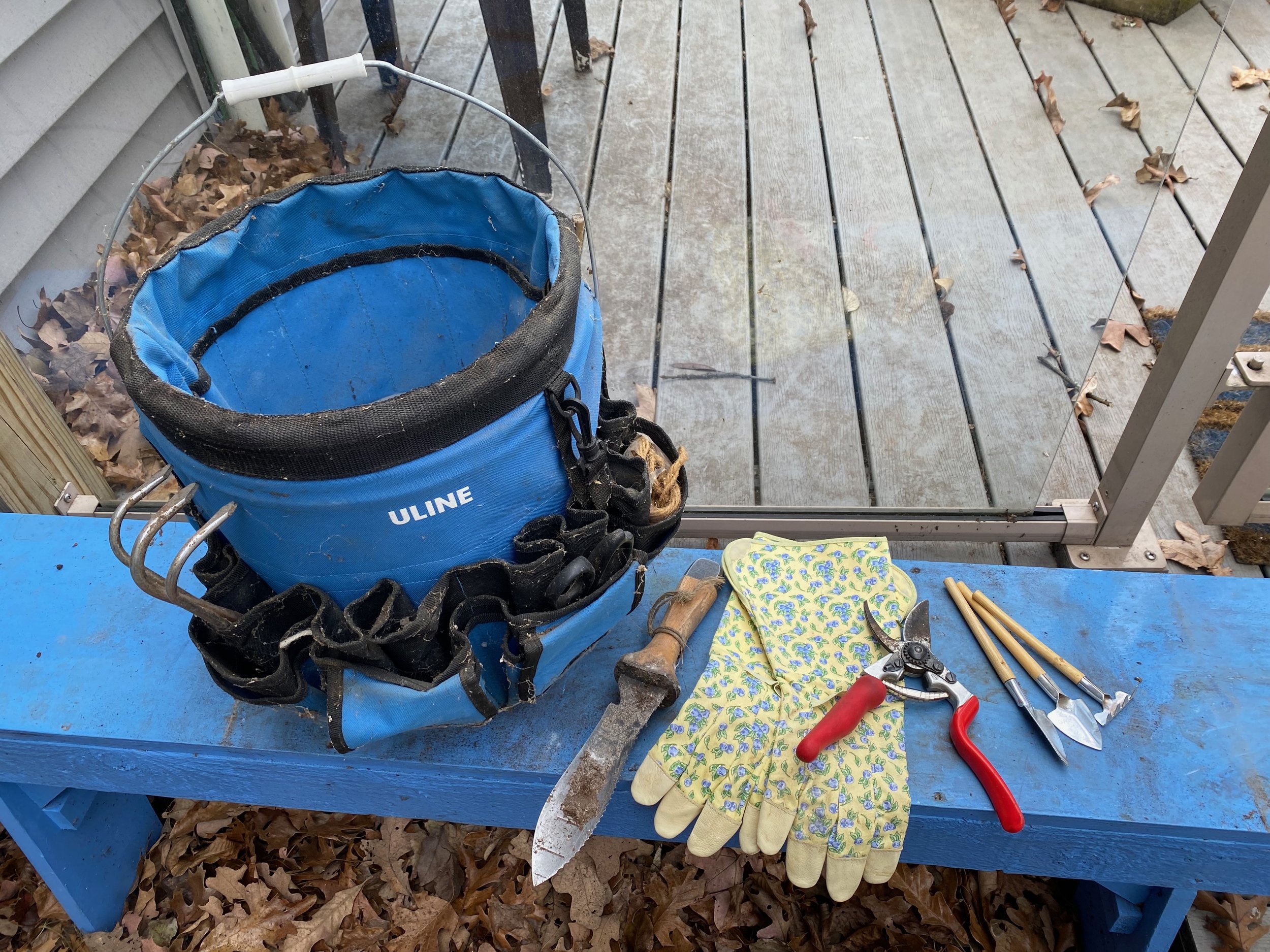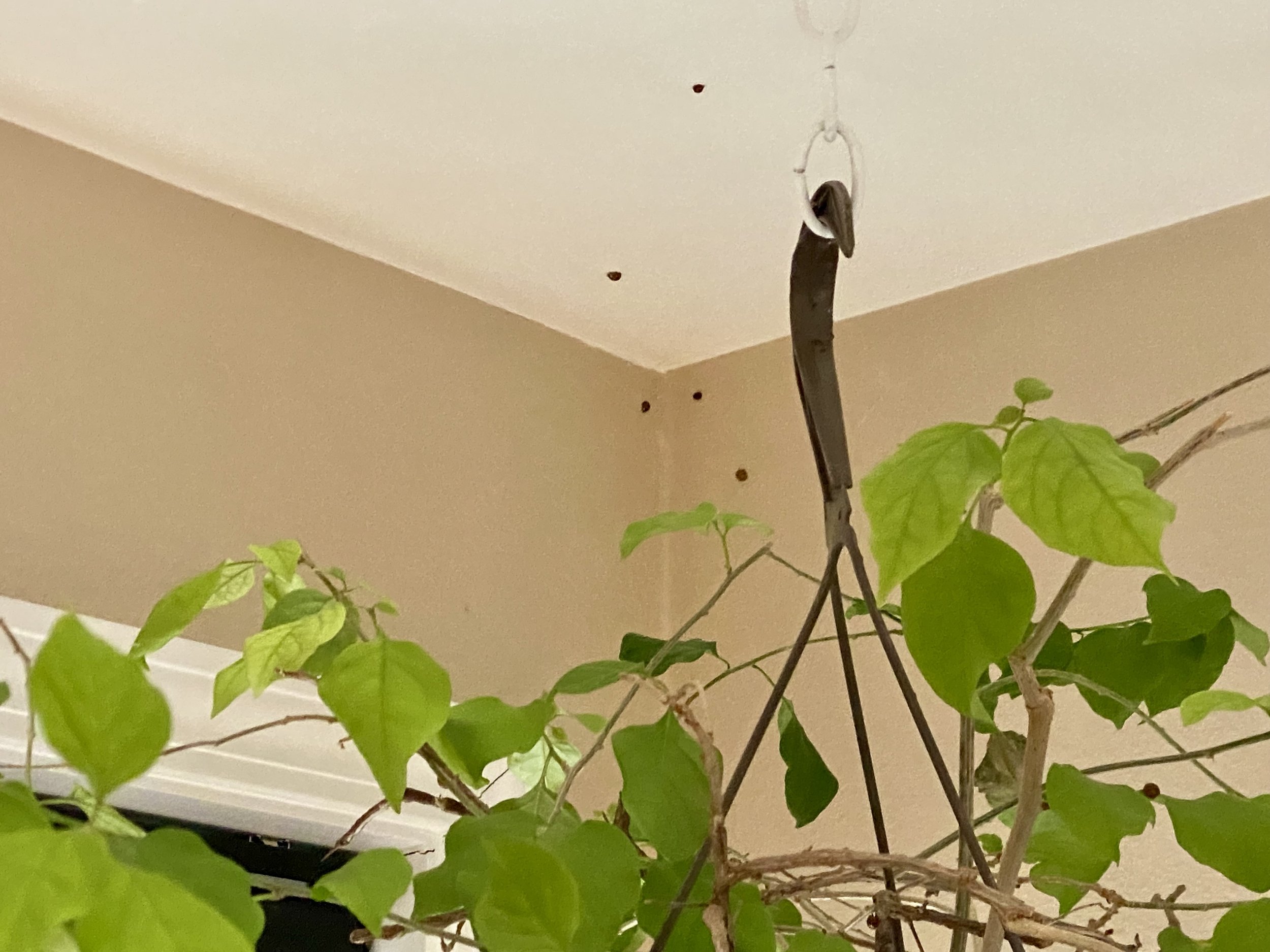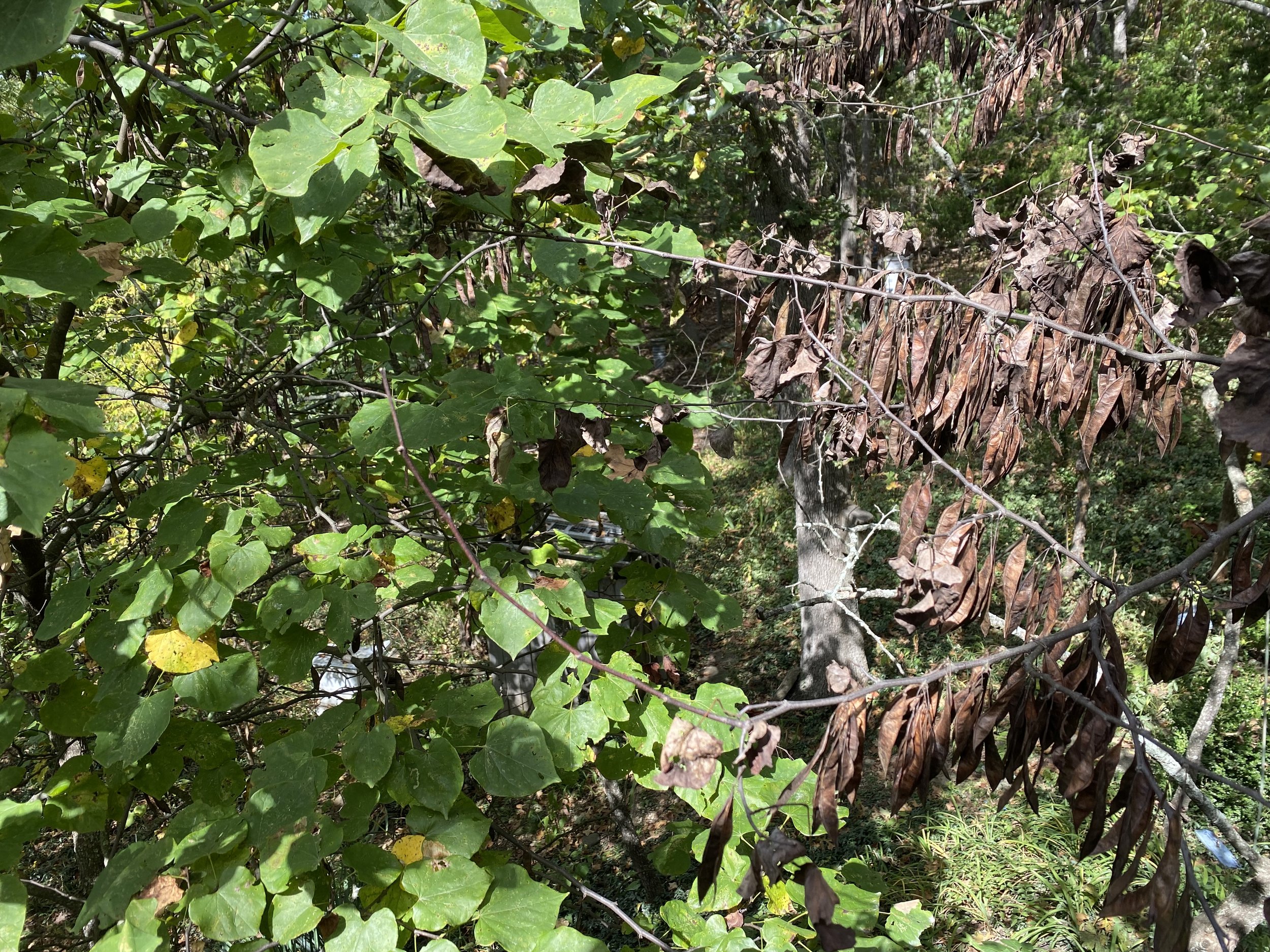There is a third popular cactus available commercially and that one blooms in spring so it's sold as an Easter cactus.
Cactus Care
These tropical plants prefer indirect southern exposure. They will tolerate low light, but perform best in bright, indirect light in the home. Brighter light is beneficial during the winter, but full summer sun can result in pale plants. If you have them outside in the summer, keep plants in a semi-shady location.
Christmas cacti prefer temperatures of 70 to 80 F for their April to September growing season.
According to Dr. David Trinklein, University of Missouri Extension, Christmas cacti do not grow well in a wet root environment. Christmas cacti tolerate under watering better than overwatering. Water only when the growing medium is dry to the touch. If you put a saucer under the pot to collect drainage water, empty it to keep excess water from wicking back into the pot. Failure to do so results in a soggy root environment, which is an open invitation to root rot.
Reduce watering from fall through spring. Only fertilize plants during their growth period of early spring through late summer. Use a regular fertilizer at one-quarter strength or a houseplant fertilizer according to label directions.
Keep Christmas cacti slightly pot-bound to induce prolific flowering. Repotting may be necessary every three years. Use a porous, well-drained potting mix. Commercial mixes made for epiphytes are good choices. Make regular peat-lite mixes into epiphytic mixes by adding perlite or sterile sharp sand to increase porosity.
How to Get Christmas Cacti to Rebloom
Reblooming Christmas cacti can be challenging, Trinklein said. The cacti are short-day plants. However, temperature affects their response to day length. In fact, Trinklein says, flowering will occur regardless of day length under cool night conditions (50-55 F).
Prolific flowering occurs when plants are exposed to cool nights with at least 13 hours of darkness. Reduce water to slightly stress the plant at this time to improve flowering. Expose holiday cacti to short days, cool nights and dry conditions in mid-October for full bloom during the holiday season.
Wish I could tell you I follow these rules but I don't. I leave the plants in the same window all year and sometimes forget to check on them to water. They are kept in the cool basement during summer with a southern exposure, which triggers their blooming by mid-November.
When the pots are in bloom, I bring them upstairs so I can enjoy them but keep them with the same southern exposure. Sudden changes in temperature, light or other factors, such as excessive drying of the growing medium, can cause Christmas cacti to drop unopened flower buds.
Poor flowering also happens when stray light interrupts the required long periods of darkness during short-day treatment. Interior home lights, streetlights and even car lights can disrupt the required dark period and cause disappointing flowering.
Christmas cacti are prone to root rot, another reason to water sparingly. Avoid overwatering and maintain strict sanitation. Remove common insect pests, which include mealybug and scale.












